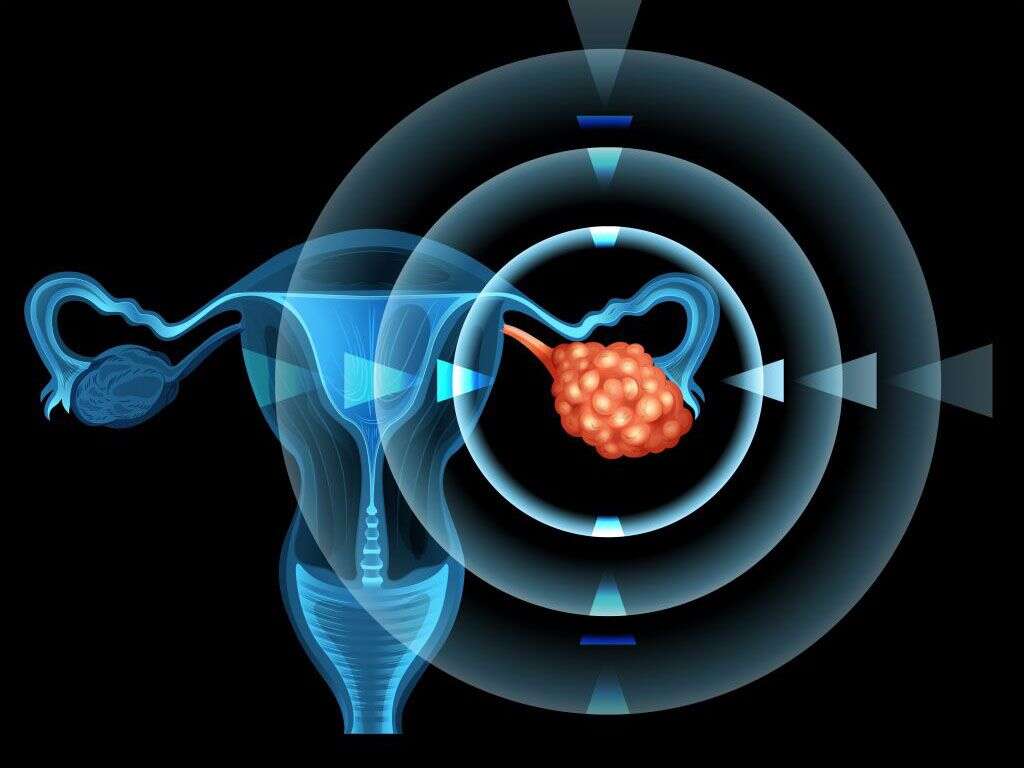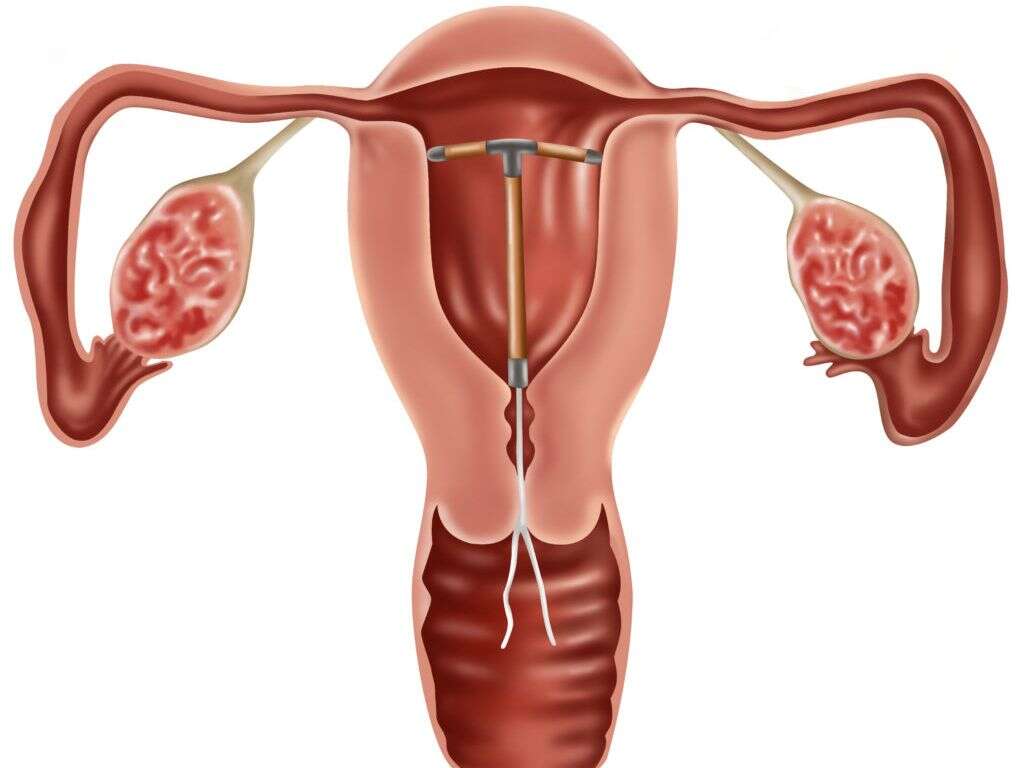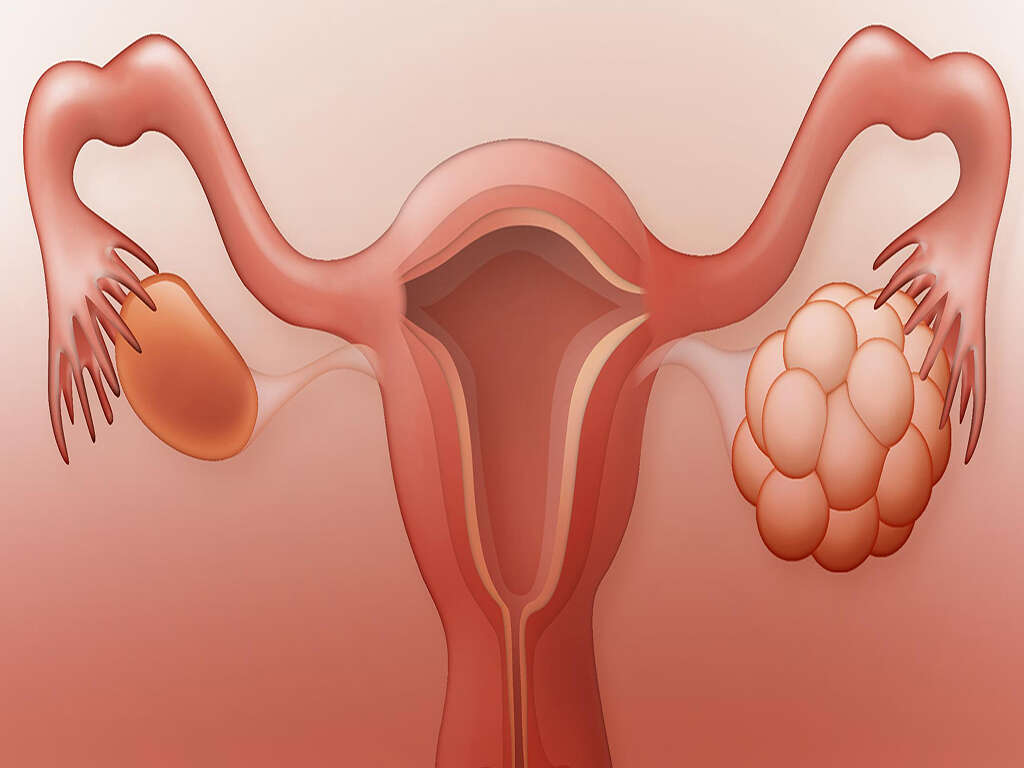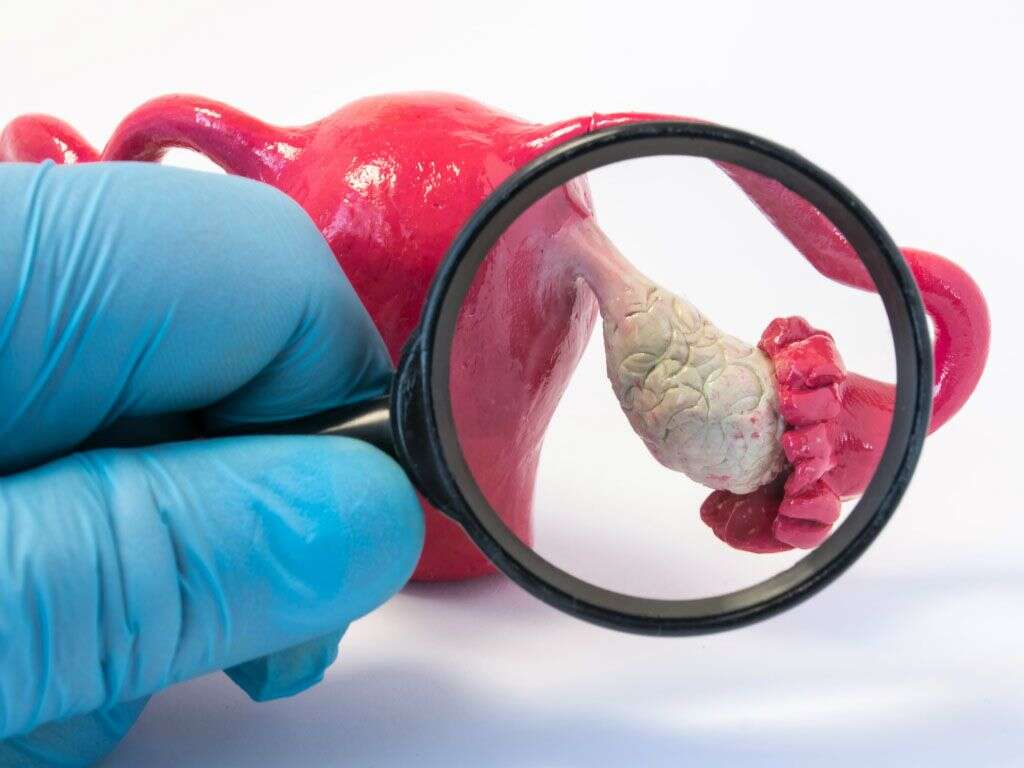Polycystic Ovary Syndrome Symptoms
 Article Sources
Article Sources
- 1. Aboud AL AM, Zito PM. Alopecia. [Updated 2020 Jun 29]. In: StatPearls [Internet]. Treasure Island (FL): StatPearls Publishing; 2020 Jan-. Available from: https://www.ncbi.nlm.nih.gov/books/NBK538178/
- 2. Gibson E, Mahdy H. Anatomy Abdomen and Pelvis, Ovary. [Updated 2019 Aug 10]. In: StatPearls [Internet]. Treasure Island (FL): StatPearls Publishing; 2020 Jan-. Available from: https://www.ncbi.nlm.nih.gov/books/NBK545187/
- 3. Harris, H R et al. “Long and irregular menstrual cycles, polycystic ovary syndrome, and ovarian cancer risk in a population-based case-control study.” International journal of cancer vol. 140,2 (2017): 285-291. doi:10.1002/ijc.30441
- 4. Johansson, Julia, and Stener-Victorin, Elisabeth. “Polycystic ovary syndrome: effect and mechanisms of acupuncture for ovulation induction.” Evidence-based complementary and alternative medicine : eCAM vol. 2013 (2013): 762615. doi:10.1155/2013/762615
- 5. Keen, Mohammad Abid et al. “Cutaneous Manifestations of Polycystic Ovary Syndrome: A Cross-Sectional Clinical Study.” Indian dermatology online journal vol. 8,2 (2017): 104-110. doi:10.4103/2229-5178.202275
- 6. Legro RS. Evaluation and Treatment of Polycystic Ovary Syndrome. [Updated 2017 Jan 11]. In: Feingold KR, Anawalt B, Boyce A, et al., editors. Endotext [Internet]. South Dartmouth (MA): MDText.com, Inc.; 2000-. Available from: https://www.ncbi.nlm.nih.gov/books/NBK278959/
- 7. Ndefo, Uche Anadu et al. “Polycystic ovary syndrome: a review of treatment options with a focus on pharmacological approaches.” P & T : a peer-reviewed journal for formulary management vol. 38,6 (2013): 336-55.
- 8. Pandey A, Sonthalia S. Skin Tags. [Updated 2020 Jun 1]. In: StatPearls [Internet]. Treasure Island (FL): StatPearls Publishing; 2020 Jan-. Available from: https://www.ncbi.nlm.nih.gov/books/NBK547724/
- 9. Rasquin Leon LI, Mayrin JV. Polycystic Ovarian Disease (Stein-Leventhal Syndrome) [Updated 2019 Dec 8]. In: StatPearls [Internet]. Treasure Island (FL): StatPearls Publishing; 2020 Jan-. Available from: https://www.ncbi.nlm.nih.gov/books/NBK459251/
- 10. Spritzer PM, Barone CR, Oliveira FB. Hirsutism in Polycystic Ovary Syndrome: Pathophysiology and Management. Curr Pharm Des. 2016;22(36):5603-5613. doi:10.2174/1381612822666160720151243
2. Many Small Cysts on the Ovaries
Ovarian cysts are actually quite common and form from the changing levels of hormones during a women’s period. They will come and go and may or may not cause symptoms such as pain. These more typical and naturally occurring cysts are called simple or functional cysts. Cysts can have no symptoms at all, be very uncomfortable, cause abnormal bleeding, or cause an array of complications.2Gibson E, Mahdy H. Anatomy Abdomen and Pelvis, Ovary. [Updated 2019 Aug 10]. In: StatPearls [Internet]. Treasure Island (FL): StatPearls Publishing; 2020 Jan-. Available from: https://www.ncbi.nlm.nih.gov/books/NBK545187/
Abnormal cysts are identified when there are many of them present at one time, if they are very large, or if they tend to not go away with the normal changing hormonal levels that occurs during a women’s cycle.2Gibson E, Mahdy H. Anatomy Abdomen and Pelvis, Ovary. [Updated 2019 Aug 10]. In: StatPearls [Internet]. Treasure Island (FL): StatPearls Publishing; 2020 Jan-. Available from: https://www.ncbi.nlm.nih.gov/books/NBK545187/ Many small cysts on the ovaries is one of the most common symptoms of PCOS where about 70% of women will have ultrasound confirmed cysts.7Ndefo, Uche Anadu et al. “Polycystic ovary syndrome: a review of treatment options with a focus on pharmacological approaches.” P & T : a peer-reviewed journal for formulary management vol. 38,6 (2013): 336-55.
Advertisement









